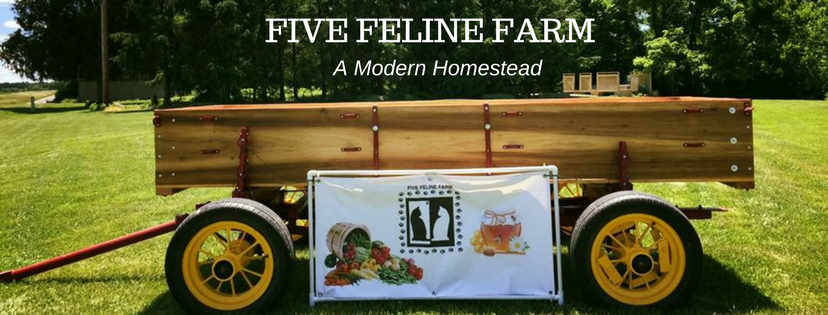Repurposing is similar to recycling.
Once again turning to Merriam-Webster, the definition is “to give a new purpose or use to”. The in-vogue term now is “up-cycling”.
Whatever you call it, we are all in here at the Farm. Anything we can use for another purpose will extend the life of the thing plus may save money. If nothing else, things we repurpose often turn into a great conversation piece.
Just to give you some examples of the kinds of things we do, check out this list:
—Use cheap discharge drain tubing to route rain water from the greenhouse
—Convert old wooden barrels into a trash can and table in the Mercantile
—Compost vegetable scraps from the kitchen to create soil amendments for the garden
—Transform an heirloom wagon into a display for baked goods in the Mercantile
—Craft scraps of fabric and stuffing from old pillows into cat toys
Perhaps the best repurposing project to date at the Farm is the acquisition and move of a wire frame corn crib. What was once an old, forgotten utilitarian piece of farm equipment has found a new life. Originally designed to store and dry ear corn, it now stands as a feature along the path to the Mercantile.
Named by two fans of Five Feline Farm, The A-Maize-ing Granary holds tables and chairs that beckon visitors to sit for a time and enjoy conversation or simply contemplate life.
As a bonus, just in case you are wondering how we moved the crib out of the pasture and down our country road, check out the video on our Youtube channel.


